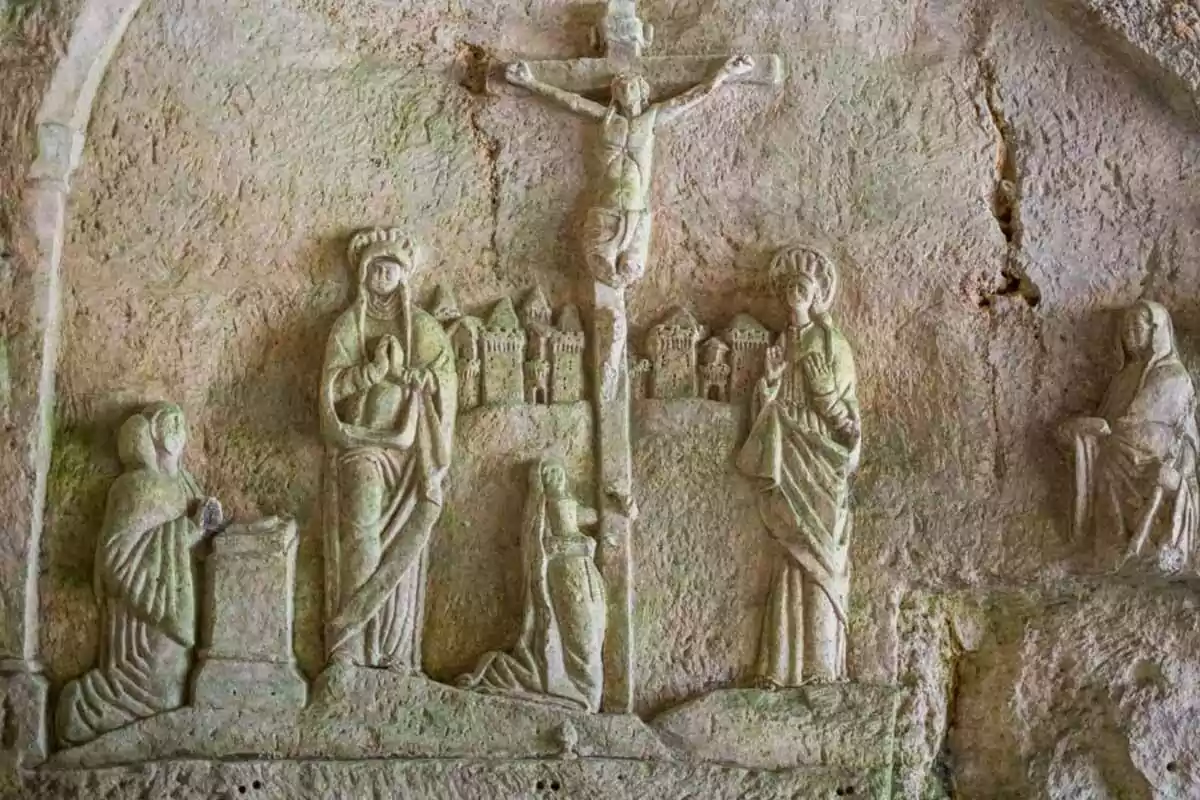
Archaeologists find a monumental incomplete Christ in the Cave of the Last Judgment
A bas-relief nearly eight meters (26 feet 3 inches) long in France surprises with its unfinished style and similarities to Cappadocia
A monumental bas-relief discovered in the Cave of the Last Judgment, in Brantôme, France, has attracted the attention of historians and European archaeologists. The work, nearly eight meters (26 feet 3 inches) tall, is striking for its similarities to reliefs from Cappadocia, in Türkiye.
Access to the site is restricted and there are no historical records explaining its origin. The archives of the abbey that guarded the cave were lost in a fire centuries ago, leaving the cultural and religious context in obscurity.

A relief divided into sections
The work is organized into three levels. In one of them, Death dominates the scene with a bag around its neck and a crown, escorted by skeletons and surrounded by angels with trumpets. Human figures, such as a monk, a merchant, and a soldier, reinforce the message: death is inevitable, regardless of social status.
Crucifixion scenes and mixed style
The upper part displays Christian scenes, including a crucifixion, contrasting with the enigmatic symbols of the lower levels. Specialists suggest that the work was developed between the 9th and 17th centuries in several stages, which could explain its unfinished appearance.
A 2016 study indicated that it might be an "unfinished Christ" due to geometric shapes at the base that appear to be half-carved. The main hypothesis suggests that different artists or monastic communities participated, mixing styles and techniques.

Influences and cultural connections
The relief raises questions about cultural contacts with the East through pilgrimages, itinerant religious orders, or artisans trained abroad. These influences would explain some uncommon elements in French art of the period.
More posts: